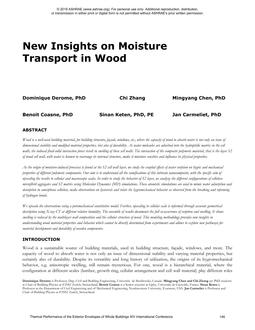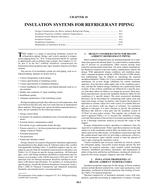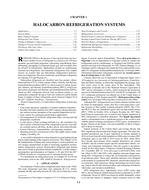Calculations of the heat transfer through the standard stud wall structure of a residential building are described. The wall cavity contains no insulation. Four of the five test cases represent progressively more complicated approximations to the heat transfer through and within a hollow wall structure. The fifth adds the model components necessary to severely inhibit the radiative energy transport across the empty cavity.
Flow within the wall cavity is calculated from the Navier-Stokes equations and the energy conservation equation for an ideal gas using the Implicit Compressible Eulerian (ICE) algorithm. The fluid flow calculation is coupled to the radiation-conduction model for the solid portions of the system.
Conduction through sill plates is about 4% of the total heat transferred through a composite wall. All of the other model elements (conduction through wall board, sheathing, and siding; convection from siding and wallboard to ambients; and radiation across the wall cavity) are required to accurately predict the heat transfer through a wall. Addition of a foil liner on one inner surface of the wall cavity reduces the total heat transferred by almost 50%.
Units: Dual
Citation: ASHRAE Transactions, 1987, vol. 93, pt. 2, Nashville, TN
Product Details
- Published:
- 1987
- Number of Pages:
- 17
- File Size:
- 1 file , 1.1 MB
- Product Code(s):
- D-NT-87-3061


